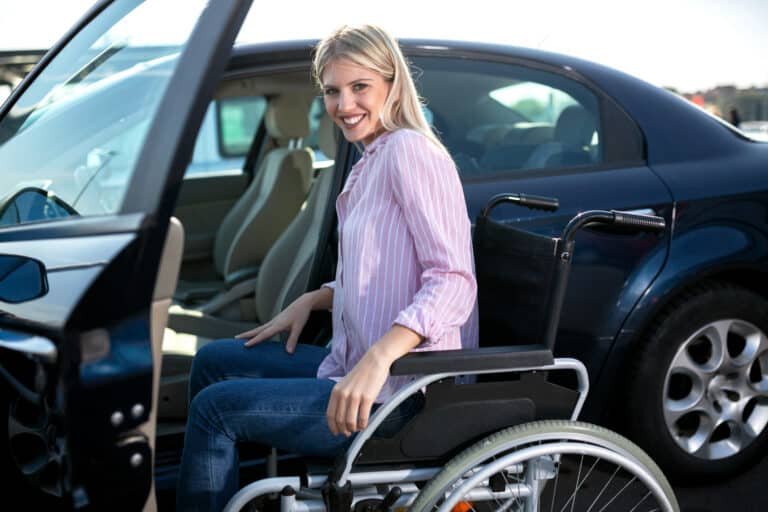Can i drive legally in Europe with a Disability?Traveling or living in Europe with a disability raises important questions about mobility and independence. One of the most common concerns is: “Can I drive legally in Europe with a Disability?” This post will guide you through the EU rules for drivers with disabilities, what adaptations may be required, and how to ensure you stay compliant. By understanding these regulations, you can maintain your freedom to travel safely and confidently across European countries.
Understanding EU Driving Rules for People with Disabilities
The European Union allows people with disabilities to drive, provided they meet specific medical and licensing requirements. The main goal is safety—for both the driver and others on the road. Drivers may need:
- Medical clearance from a licensed doctor
- Special adaptations to vehicles (hand controls, pedal modifications, or automatic transmissions)
- Periodic assessments depending on the severity of the disability
For official guidance, you can visit the EU’s travel page on mobility and transport for people with disabilities here.
Licensing Requirements Across European Countries
Each EU country has its own regulations regarding driving licenses for people with disabilities. However, most countries recognize adaptations and allow individuals to drive if their license includes a restriction code that specifies necessary vehicle modifications.
For example:
- In Germany, you must undergo a medical examination to confirm your ability to drive safely.
- France allows modifications to standard vehicles, but you must notify authorities and obtain the proper license code.
- Italy requires periodic assessments for certain disabilities to renew your license.
If you are planning a move or extended stay, check the rules in your target country to ensure smooth legal compliance. For a complete overview of European licensing options, explore European Driver License.
Vehicle Adaptations and Safety Measures
People with disabilities often rely on customized vehicles to drive safely. Common adaptations include:
- Hand-operated brakes and accelerators
- Swivel seats for easier entry and exit
- Wheelchair-accessible vehicles with automatic transmission
Remember, proper adaptation not only ensures legal compliance but also enhances your driving safety and comfort.
Can I Drive Legally in Europe with a Disability?
Yes, you can drive legally in Europe with a disability, but it requires careful planning:
- Obtain a medical certificate confirming your fitness to drive.
- Adapt your vehicle as needed and register these changes with local authorities.
- Ensure your license includes codes or restrictions specifying any adaptations.
- Keep documentation ready for inspections or cross-border travel.
For travelers with reduced mobility, the EU provides detailed advice on accessible transport and driving regulations here.
Tips for Smooth Travel Across Borders
Driving across EU countries with a disability is possible if you:
- Carry all medical certificates and vehicle adaptation documents.
- Confirm that your adaptations are recognized in the destination country.
- Plan routes that accommodate accessibility needs, such as wider parking spaces and low-emission zones.
By preparing in advance, you ensure a stress-free driving experience.
Conclusion
So, can I drive legally in Europe with a Disability? Absolutely, but you must comply with EU and local regulations, maintain proper vehicle adaptations, and carry the necessary documentation. Understanding your rights and responsibilities lets you enjoy your journey confidently, whether you live in Europe or are visiting temporarily.
For more details on licensing and adaptations, check out European Driver License.


